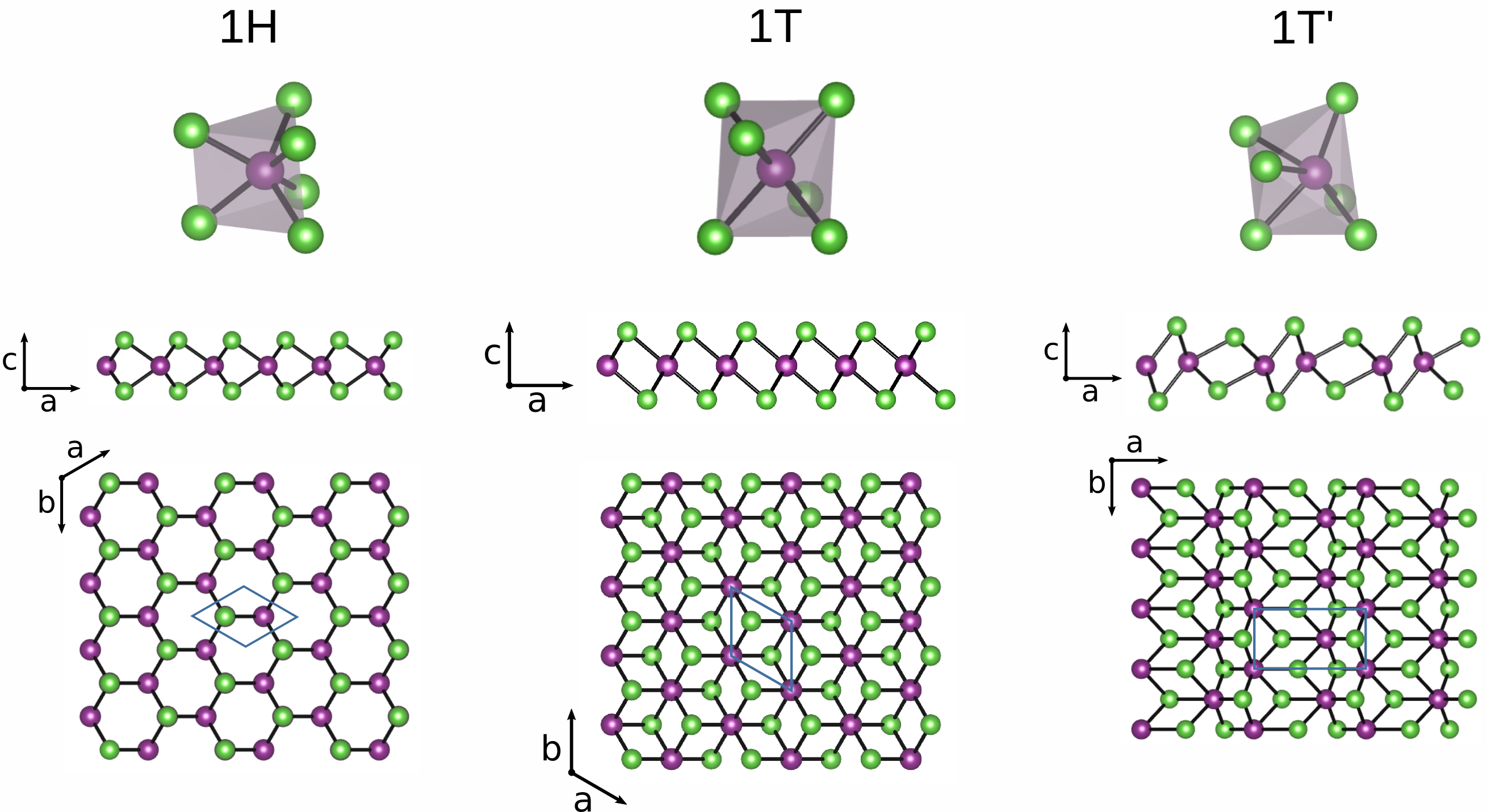RESEARCH PROGRAMMES
P2: Fundamental properties of 2D materials
P5: Solid state quantum devices for information technologies
RESEARCH SUPERVISOR(S)
Dr. José Ángel Silva Guillén
Research Group website: https://www.imdeananociencia.org/first-principles-modelling-for-quantum-materials/home
RESEARCH TOPIC DESCRIPTION
The experimental advances developed since the discovery of graphene in 2004 by the Nobel laureates A. Geim and K. Novoselov opened up the possibility to study other types of layered materials. Albeit graphene is the most important and studied two-dimensional material, Transition Metal Chalcogenides (TMCs) have been one of the top investigated family of materials in the recent years. This is due to the fact that there is an immense number of different physical properties available depending on the formation of different compounds either by changing the elements or stoichiometries. Moreover, unlike graphene, which is centrosymmetric and has a small mass, some TMCs monolayers are characterized by an absence of inversion symmetry in its crystal structure which breaks the degeneracy in the energy bands when applying spin orbit coupling. This gives rise to new degrees of freedom, such as the layer, valley and spin that could be used in new devices that are built on the basis of spintronics and valleytronics.
Metallic TMCs such as NbSe2, NbS2, TaS2 present strongly correlated phenomena such as superconductivity and charge density waves. Interestingly, NbSe2 and TaS2 present different behaviours of the critical temperature with the number of layers. In addition, other exotic phenomena can be found in monolayer samples, such as Ising superconductivity.
Therefore, the prediction of new and interesting phenomena, as well as the advance towards a new generation of technological devices based on these materials, has been a very challenging and fruitful new field of research even if it is still in its infancy.
The goal of this project is to study, from a fundamental point of view using state-of-the-art first-principles calculations, the structural and electronic properties of different two-dimensional materials.
POSITION DESCRIPTION
The PhD candidate should have a Ph. D. in Physics or Chemistry with special focus on condensed matter. Knowledge in computational physics/chemistry, especially density functional theory codes, is required. The candidate would also have good programming skills (Fortran, python). It is also very important that the candidate is highly motivated, open minded and has excellent teamwork capabilities. Furthermore, a high level of English (both written and spoken) is mandatory.
PARTNER ORGANIZATIONS
The project will be developed in close collaboration with experimental groups at IMDEA, particularly the Topological Surfaces States in Quantum Materials group led by Dr. Manuela Garnica and the Spin-Resolved ARPES group led by Dr. Miguel Ángel Valbuena.
The candidate will be able to go on scientifical visits to the groups of Prof. Miguel Pruneda (CINN), Prof. Ion Errea (UPV-EHU and CFM) and Prof. Héctor Ochoa (Columbia University).


